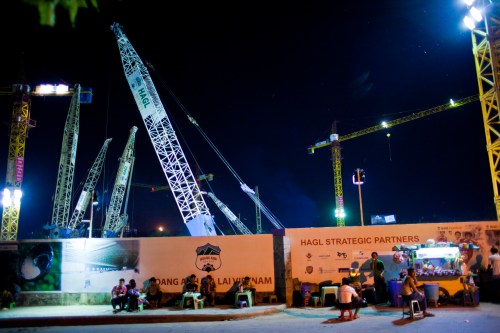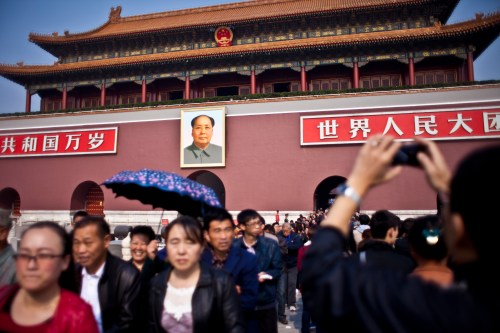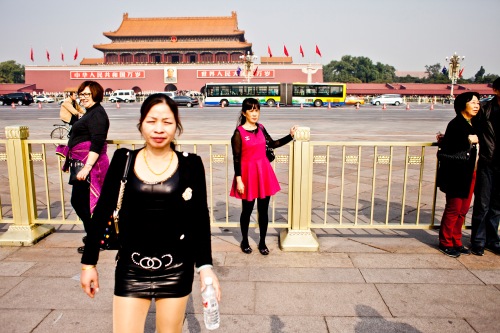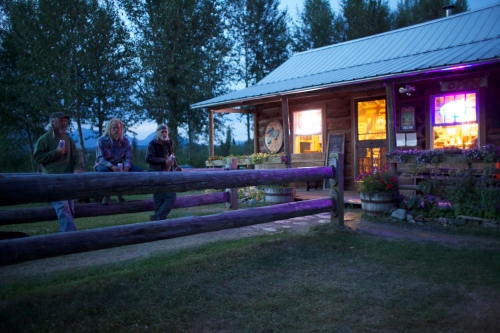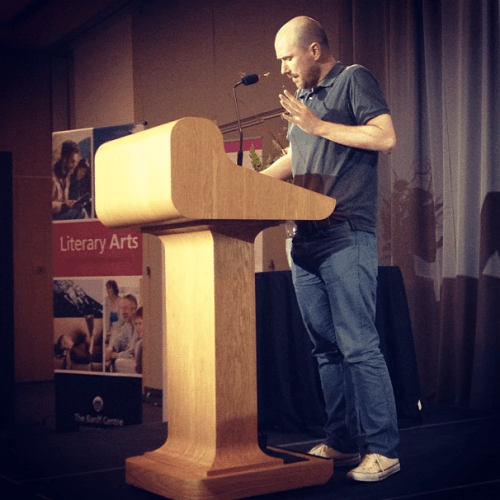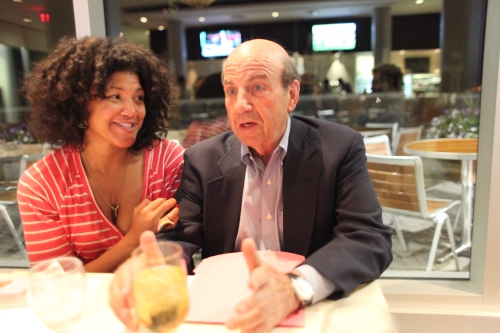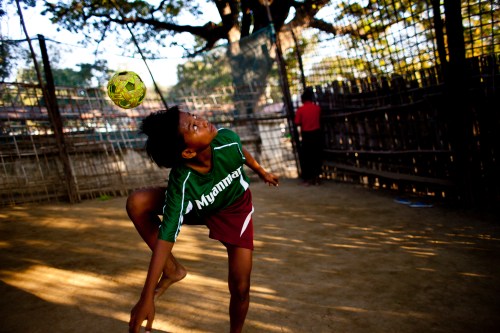
In my final days in Myanmar before I embark on a reporting trip elsewhere, thought I’d update this page.
So far I’ve had a taste of what it’s like to work for a Myanmar news outlet—wonderful people in cramped quarters with betel-nut spittoons that runneth over—walked the streets endlessly taking photographs, and spent an inordinate number of hours in hotel lobbies subjected to the musical stylings of Filipino lounge acts. Billy Joel with sequins is tough on the noggin when you’re trying to write.
I’ll be back in Yangon in April, but I’m still sorry to leave at what’s turning out to be an exciting, troubling phase in Myanmar’s post-junta evolution.
When I got here in November this was still largely a place of optimism. Now there’s lots of evidence suggesting that, in the behind-the-scenes struggle between the government’s progressive camp and old-guard hardliners, the hardliners are gaining ground. Change came swift to Myanmar, and the backlash that’s underway, or at least appears to be gathering force may be just as intense.
One item is Naypyidaw’s bellicose stance on what did or did not take place last month in Maungdaw Township. Rights groups and the United Nations say dozens of Rohingya Muslims died there during Rakhine State’s most recent outbreak of sectarian violence. The government isn’t budging. When a Rohingya MP, Shwe Maung, repeated in a video news item accounts he’d heard from locals in the area suggesting police may have set Rohingya homes ablaze, President Thein Sein himself sought the permissions required for police to interrogate him.
That story is unfolding against increasingly casual anti-Muslim sentiment throughout Myanmar, where for example there is broad support for legislated interdictions against marriage between Buddhist women and non-Buddhist men.
Meanwhile, a reporter with Eleven Media has been sentenced to three months in prison for what she said in an interview she conducted while working on a corruption exposé. And authorities have detained the CEO of Unity Weekly and four of its journalists after that paper published reports about a secret chemical weapons factory in Magway Region, central Myanmar.
Then there is the video of Ohn Myint, a former military man and now minister of livestock breeding, fisheries and rural development, upbraiding villagers who complained about access to water. Ohn Myint must have felt he could get away with flipping his longyi skirt at people, exposing leg—very likely a reflection of how his peers in government feel.
“I will attack anyone who insults the ruling government and if I cannot attack them verbally, I will throw them in jail,” he told the group, all of it captured on camera (you can watch it here in this delicious Democratic Voice of Burma piece). “This is how it’s done internationally—if you oppose the government, you go to jail and only come out when we’re out of office.”
Opposition leader Aung San Suu Kyi remains largely missing in action on these issues—she’s busy campaigning for a change to Myanmar’s 2008 constitution that will permit her to become president if the National League for Democracy, the party she leads, wins the general elections in 2015. I wrote about this state of affairs late last year in Maclean’s.
But there are scenes of striking beauty here, and I’ve had the chance to write about that also—for example here in a piece I did for the Toronto Star about Myanmar’s magical national sport, chinlone. The above photo is of 13-year-old Mg Naing Tun, at a monastery in Mandalay, kicking a chinlone ball with his knee behind his head .
I mean, where else do you get to see that? I look forward to seeing more.

